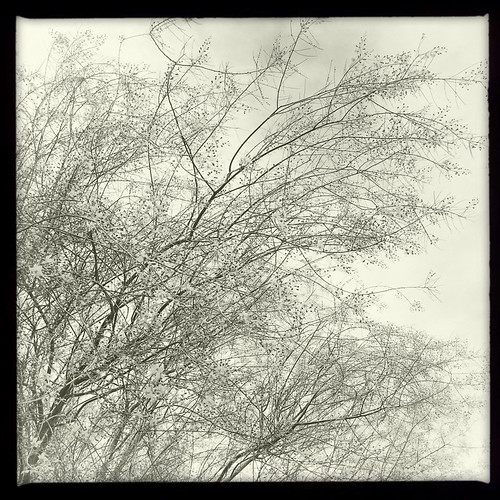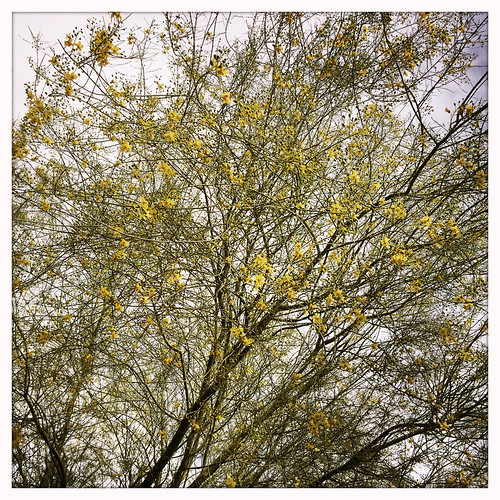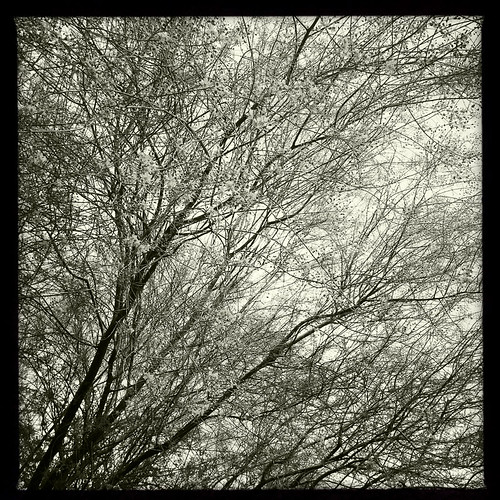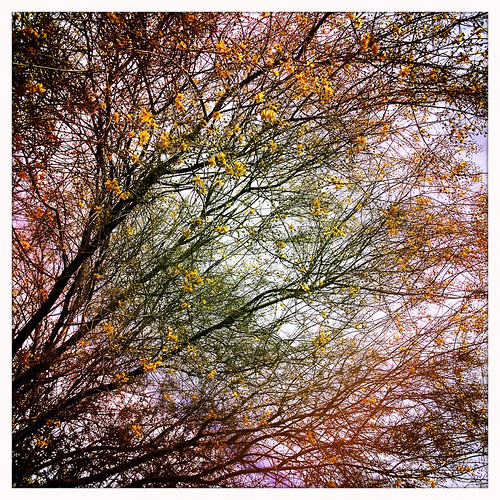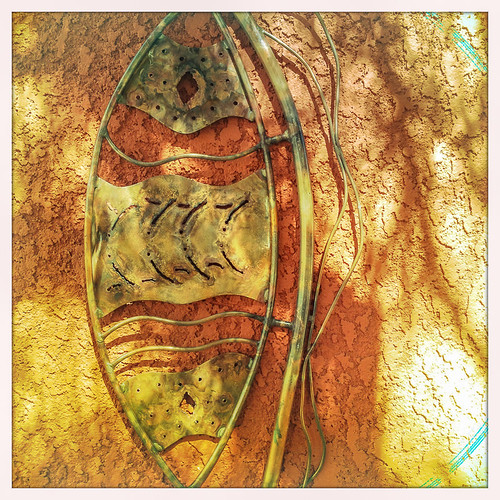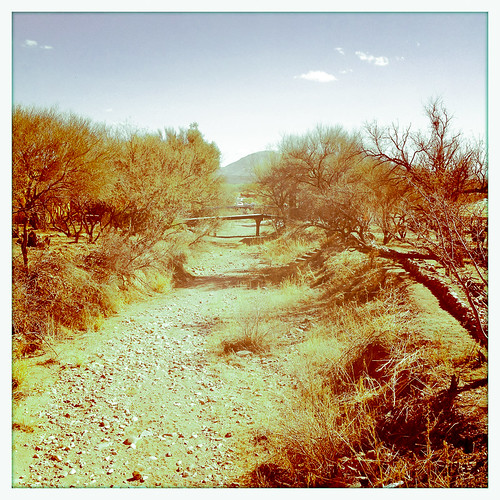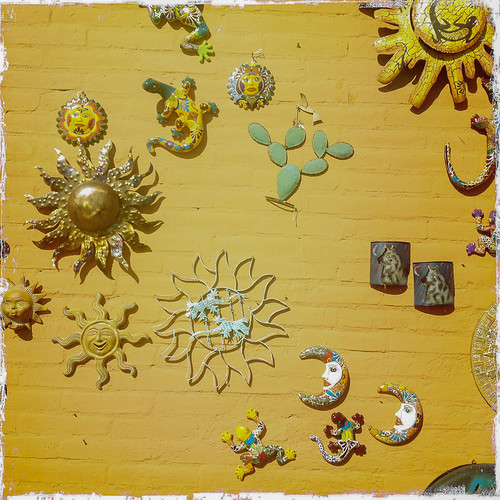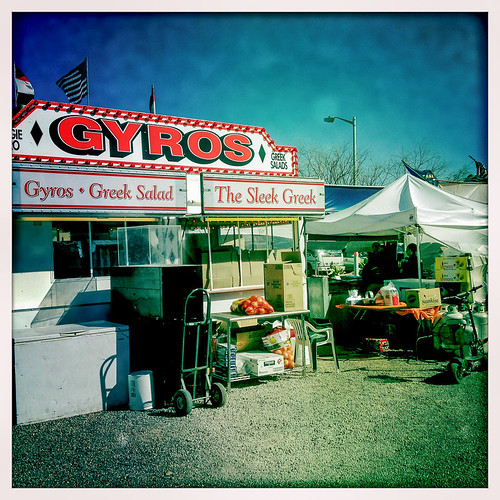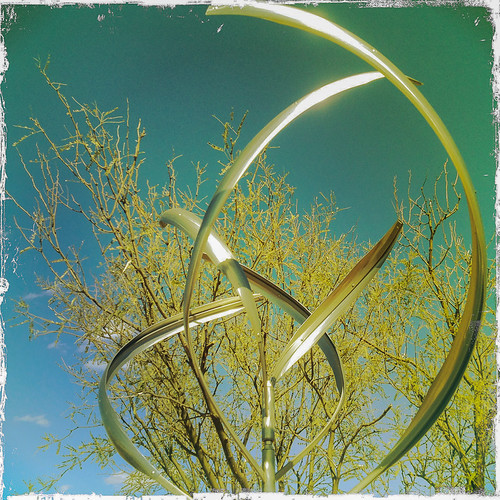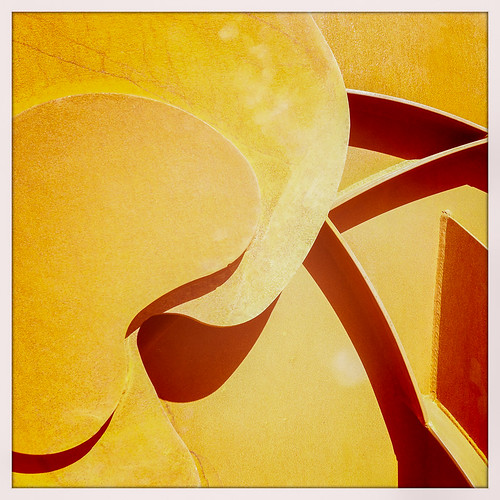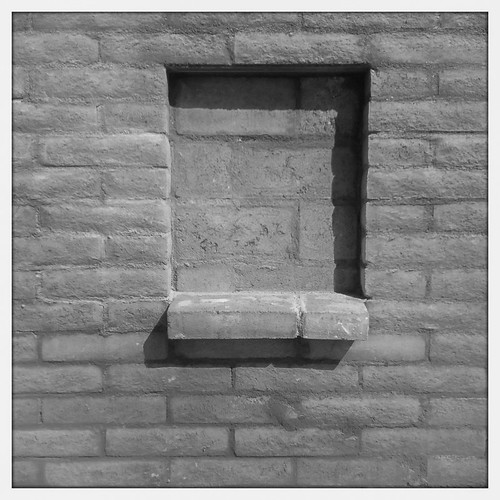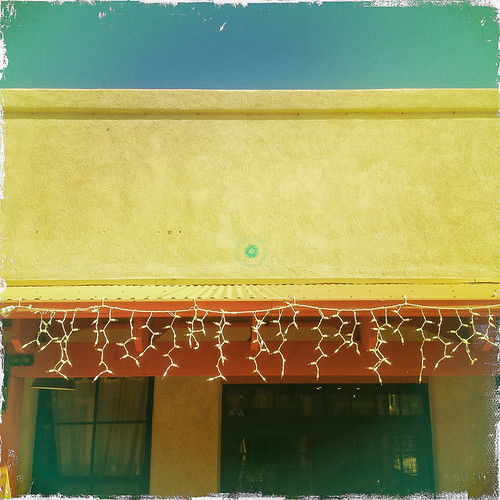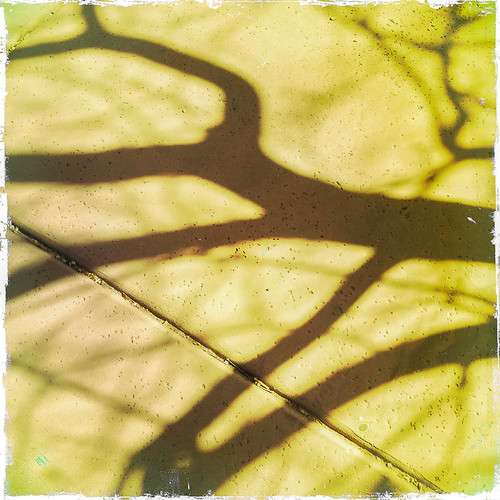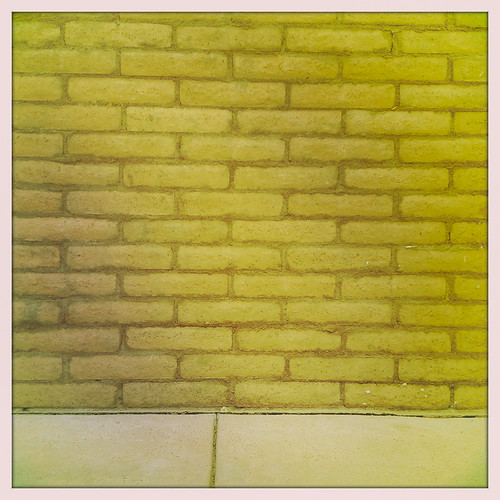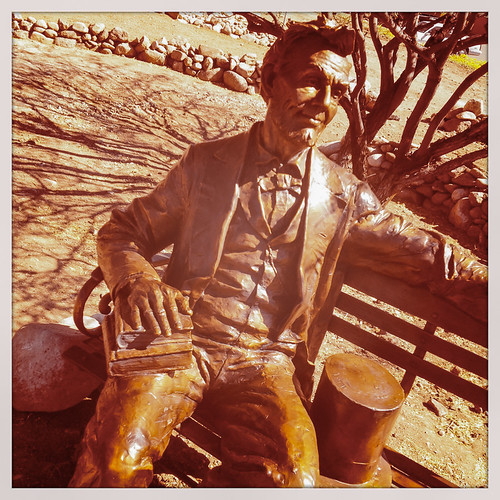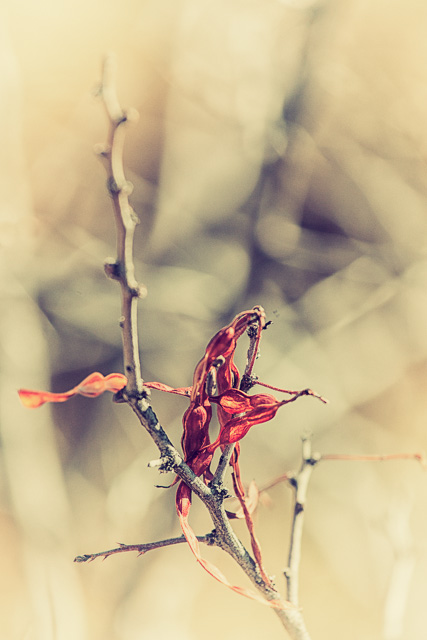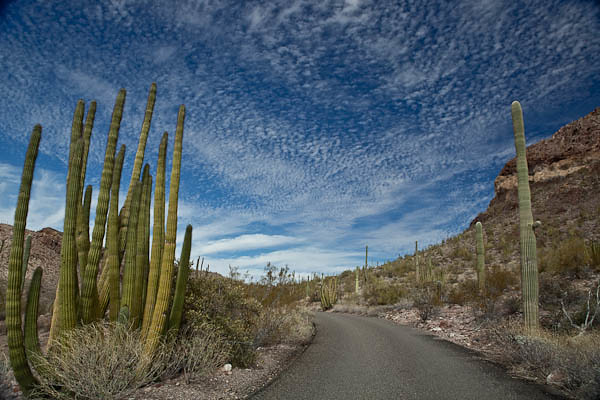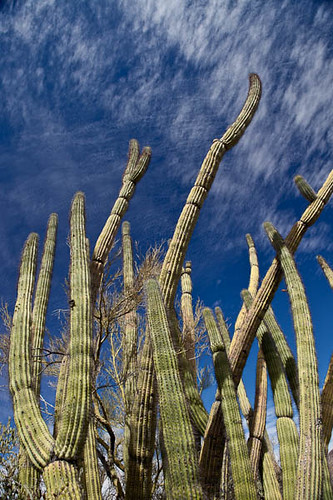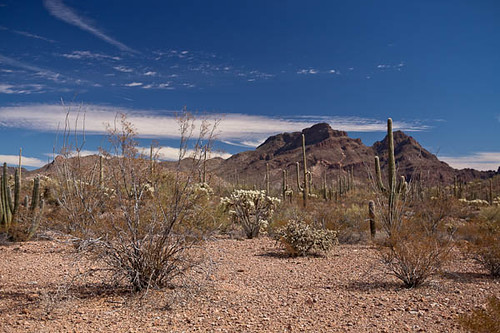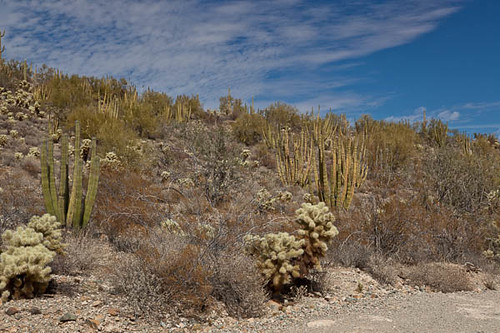Lens: Jimmy
Film: Claunch 72 Monochrome
Often I am a slow photographer.
I check the times of sunrise and sunset, and plan shooting times to take advantage of the golden light. I pack my camera bag with a combination of multiple lenses and diffusers and hoods, with dust protectors and extra batteries and memory cards. I attach a heavy tripod to the bag, too.
This is slow photography. I sit and absorb the feel of a place. I connect with the space. I may wait for a certain cloud formation to float into a certain location, or a shadow to darken a rock.
And though it can be hard work, I find most of the process passionately engaging. (I could do without the extra gear weight, especially when hiking in the desert, but…that’s part of the experience.)
Lens: Jane
Film: Blanko
But sometimes I am a spur of the moment photographer.
I grab my iPhone. I open the camera and I start shooting.
One of my favorite techniques for letting go and giving myself full permission to enjoy the process is what I refer to as my “shake and take” technique.
Lens: Kaimal Mark II
Film: Blanko
Yep. I open the Hipstamatic app on my iPhone and I take a photo.
Then I simply shake my cell phone. The app randomly changes lenses and film and I retake the photograph. I often shake and take a dozen photos of the same subject. Then I look at the photographs.
I’ll get a few duplicates – same lens and film combination – and choose which one I prefer. Otherwise, I simply take what pops up randomly.
I find it fascinating how the different combinations change a simple subject.
Lens: Jane
Film: Claunch 72 Monochrome
In this series, I took photos of a palo verde tree while in my car.
I was waiting for a friend and noticed the overhanging branches dangling over the car. I opened the window, aimed towards the sky, took a photo, shook the cell phone, and then repeated. A lot!
Happily, the app records the lens, film, and other data, so when I find a combination I am fond of, I can replicate it with different subjects.
Lens: Lucifer VI
Film: Blanko
There’s a lot to be said for a creative process that can change with my mood.
Slow and pensive, quick and experimental, metaphorical or playful. The many moods of the photographer and the resulting photos.
